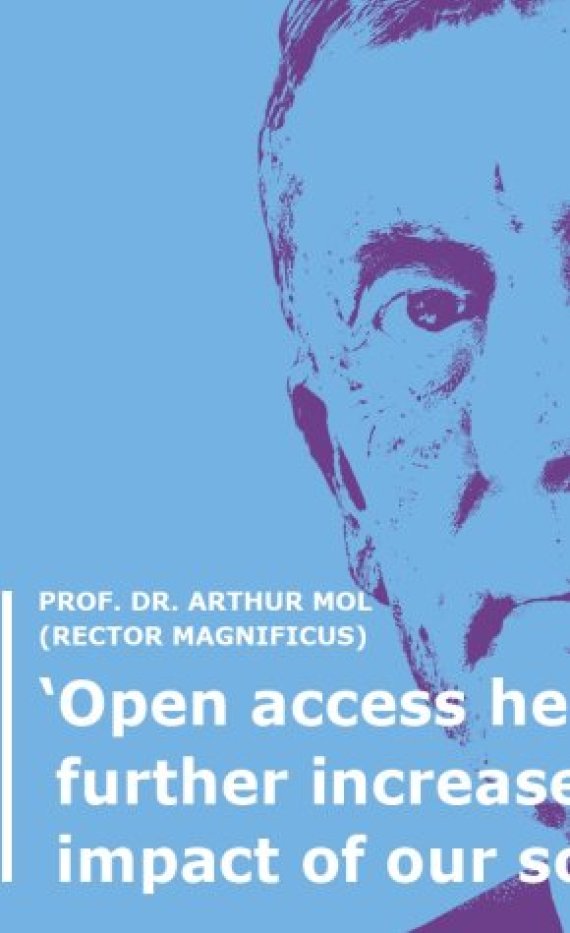Van Veller and his colleagues have been reviewing the state of affairs regarding open access since 2015. In that year, 35 percent of all peer-reviewed articles by Wageningen authors and co-authors were available via open access. One year later, that had increased to 42 percent. The figures for 2017 are not yet known but the proportion is expected to be about half.
Deals
This increase is the result of the negotiations that the universities have jointly been conducting with the big publishers since 2015. One element in the deals that have been made is that in addition to the journal reading rights (subscriptions), articles can also be freely available. However, scientists have to make the effort to arrange that themselves. The WUR library director Hubert Krekels says open access publication is currently possible for 7500 journals. That seems a lot but it is only a quarter of the journals included in the Scopus database and the Directory of Open Access Journals.
Hybrid journals
When considering these figures, it should also be noted that only 16 percent of the articles offer open access according to the ‘gold standard’. Gold means there is full open access to the journal in question. Most open-access articles are published in hybrid journals that facilitate open access alongside a subscription system. The European Union, the Netherlands and the universities are aiming for complete open access by 2020. If the current rate of change continues, this target will not be achieved.
That may mean you end up in a journal with a lower impact factor
Hubert Krekels. director Forum library
The 2020 deadline is not attainable even with hybrid open access, says Krekels. But he also thinks it would help if scientists were to make good use of the options they already have. That means for example that scientists should try and be the corresponding author of their articles wherever possible. ‘The open access deals we have require the corresponding author for the article to be employed by WUR. So make sure you are the corresponding author,’ says Krekels. ‘Find out about the options and how it works.’ At present, 30 to 40 percent of Wageningen articles do not have a Wageningen author for correspondence.
A figure showing 531 journals in which WUR authors published papers in 2016. The size of the circle corresponds to the number of WUR articles in the journal. The colour gives the proportion with open access, whereby red means 0 percent and green 100 percent. Illustration: Marco van Veller
Journal browser
The library has created a journal browser to make it easier for scientists. The browser covers more than 30,000 journals, showing the agreements that have been made in each case with the publisher and what it costs to publish an article with open access. Krekels also suggests that scientists could deliberately opt for an open access journal. ‘That may mean you end up in a journal with a lower mpact factor. To be sure, this is at odds with our strategy of publishing as “high up” as possible, but that’s a choice you can make.’
In addition to gold and hybrid open access, there is a third option for making articles freely available. That is to include an (unformatted) PDF version in your own archiving system, an approach known as green open access. Most publishers allow this. The library has the Staff Publications system available for this purpose. But the author does have to take the initiative to supply the library with the article, stresses Krekels. The obligation to do this is formally documented in the recently compiled WUR open access policy.
Sanctions
For what it’s worth, because there are no sanctions if scientists fail to comply. An information campaign has been started to make researchers aware from all the options. It is a follow-up to the national campaign for open access that has been going for over nine months. Posters and banners dotted around the campus show professors drawing attention to this issue.


